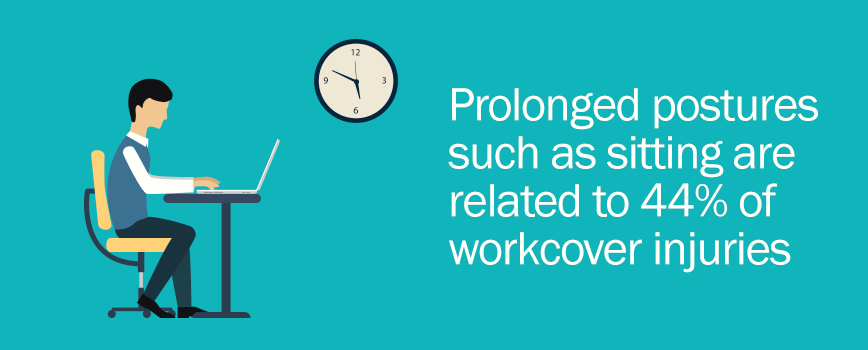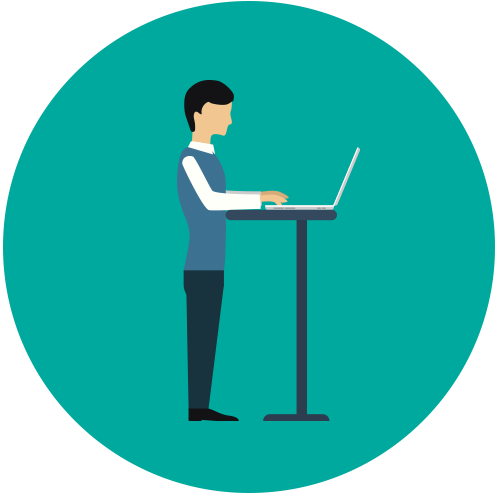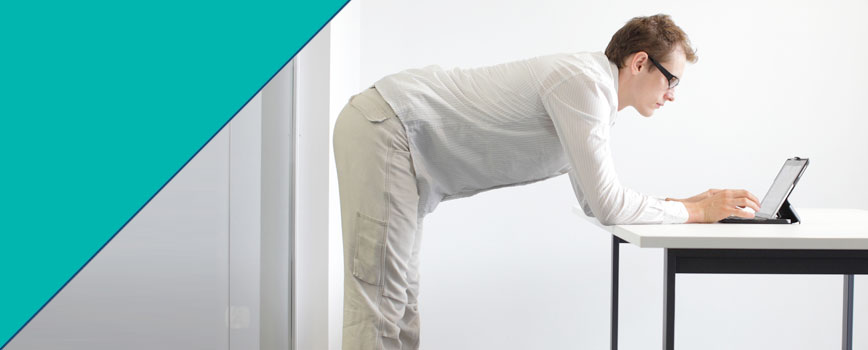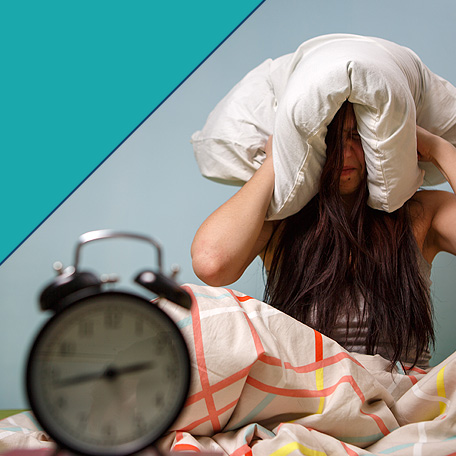 What are standing desks?
What are standing desks?
So everyone has seen standing desks – you might have seen adjustable stands for computers, you might have seen fancy ones with electric motors that at a flick of a switch, take your desk all the way up and down! They are so hot right now, but why the hype? You might have had your work enforce a hot-desking policy with lots of standing stations and fewer places to sit. We know that injuries and musculoskeletal pain is associated with up to 15-22% of all sick leave taken, while prolonged postures such as sitting are related to 44% of workcover injuries 1.
Moreover, inactivity during working hours has been in the media lately. Scary television segments discuss research showing that inactivity and sedentary lifestyles are associated with an increased risk of heart disease, diabetes and some types of cancer2 – it’s hard to know where to start.
Want to know what’s safe and where to start?
Have you tried these standing desks? Do you like them? We take a walk through the best advice available for standing desks and the office environment.
Get up, stand up – but are we standing up for our rights?
 Not everyone loves standing – there are many types of work where prolonged and static standing can make the person uncomfortable – surgeons standing in theatre, nurses who are busy and on their feet for upwards of 8 hours; factory workers standing but with either no movement or repetitive movements… All of these workers experience discomfort that is related to the effects of standing on the body.
Not everyone loves standing – there are many types of work where prolonged and static standing can make the person uncomfortable – surgeons standing in theatre, nurses who are busy and on their feet for upwards of 8 hours; factory workers standing but with either no movement or repetitive movements… All of these workers experience discomfort that is related to the effects of standing on the body.
There are also those who have particular physical conditions – some types of back pain, heart conditions, some types of neck and arm pain – who may actually do worse when standing without moving. You know these people – they are often those who seek out the benches and seats at shopping centres where prolonged standing and slow walking prevails.
So it’s not the cure-all for everyone and when routinely enforced can make some people worse! How will you know what is right for you and where should you start?
Got to get physical?
Unmoving standing in itself can cause pain in up to 70% of workers within 60 minutes – so how do we strike the right balance? It appears that standing in short stints of < 60 minutes and building up in short but frequent amounts to up to 4 hours over an entire day is considered safe (when spread out)3. Australian guidelines are much more conservative – suggesting building to 2 hours per day initially and then up to 4 hours. These guidelines recommend that standing up to 20 minutes at a time can provide benefits without the risks of other types of discomfort from standing4.
The minimum found to be beneficial – if you don’t want to take the leap into standing as a working posture – is just taking 2 minute micro-breaks every 20 minutes to vary your working position in some way, which can include walking or standing.
The key is to move when your body to tells you to – and ideally even before! Just by varying your position out of sitting is more important than the vigorousness of exercise – so the overall health effect of standing is sufficient to have overall health benefits!
Jump?
 Standing desks are not a replacement for how you sit and how your desk is set up. Regardless of what type of desk set up you use – ensuring you have a supportive and optimised workstation is the best prevention for pain and discomfort! We need to be able to provide and accommodate flexibility within the environment, the task and the demands of the work. Each individual and task is different, making it a challenge to provide a one size fits all recommendation! Specific and targeted set up for the task you do, your own particular body features (height, reach, vision) and choosing to use it the best and way we know we should – make the biggest difference.
Standing desks are not a replacement for how you sit and how your desk is set up. Regardless of what type of desk set up you use – ensuring you have a supportive and optimised workstation is the best prevention for pain and discomfort! We need to be able to provide and accommodate flexibility within the environment, the task and the demands of the work. Each individual and task is different, making it a challenge to provide a one size fits all recommendation! Specific and targeted set up for the task you do, your own particular body features (height, reach, vision) and choosing to use it the best and way we know we should – make the biggest difference.
Are you:
- Ensuring that your feet are supported on the ground/supported surface
- Are you sitting and using your chair like you should with your back up against the backrest?
- Are you sitting with even weight through both legs rather than crossing them – although short breaks and frequent changes are excellent – prolonged crossed legs can be uncomfortable
- Far enough away from your screen?
Having the choice to move and pick a posture is the biggest influence happiness in the task at hand and control of body discomfort. When we compare the three options – only standing, only sitting and a combination where you can choose and move between – we have to find an environment with big enough numbers of staff that can accommodate this type of studies. Call centres and banks are often chosen as the best environment to study these types of environmental changes. Alternating between sitting and standing was the most preferred type of set up (70% of participants) and showed the least discomfort5.
Giving people in these environments the choice of using a sit to stand desk has been shown to:
- Reduce sitting time at work by on average 70 minutes per day6.
- Reduce musculoskeletal complaints at work
- Reduce the absenteeism of those who already have pain and reduce the risk of workers choosing to change work situation/employment
Tell us your thoughts – we’re interested in knowing what our clients use and find works for them. Do you use a stand-up desk?
Stand by me?
Still want to know more or where to start?
Contact our team to make an appointment for ergonomic and postural recommendations that might work for you.
More information
Worksafe Victoria – Guide to health and safety in the office (PDF)
References
- Healey et al 2012 https://www.racp.edu.au/docs/default-source/advocacy-library/compensable-injuries-and-health-outcomes.pdf?sfvrsn=2
- van der Ploeg HP, Chey T, Korda RJ, Banks E, Bauman A. Sitting Time and All-Cause Mortality Risk in 222 497 Australian Adults. Arch Intern Med. 2012;172(6):494-500. doi:10.1001/archinternmed.2011.2174
- Waters, T. R., & Dick, R. B. (2015). Evidence of Health Risks Associated with Prolonged Standing at Work and Intervention Effectiveness. Rehabilitation Nursing : The Official Journal of the Association of Rehabilitation Nurses, 40(3), 148–165. http://doi.org/10.1002/rnj.166
- Buckley JP, Hedge A, Yates T, et al The sedentary office: a growing case for change towards better health and productivity. Expert statement commissioned by Public Health England and the Active Working Community Interest Company Br J Sports MedPublished Online First: 01 June 2015. doi: 10.1136/bjsports-2015-094618
- Roelofs & Straker , 2002.
- Chau JY, Daley M, Dunn S, Srinivasan A, Do A, Bauman AE, van der Ploeg HP. The effectiveness of sit-stand workstations for changing office workers’ sitting time: results from the Stand@Work randomized controlled trial pilot. Int J Behav Nutr Phys Act. 2014 Oct 8;11:127. doi: 10.1186/s12966-014-0127-7.


